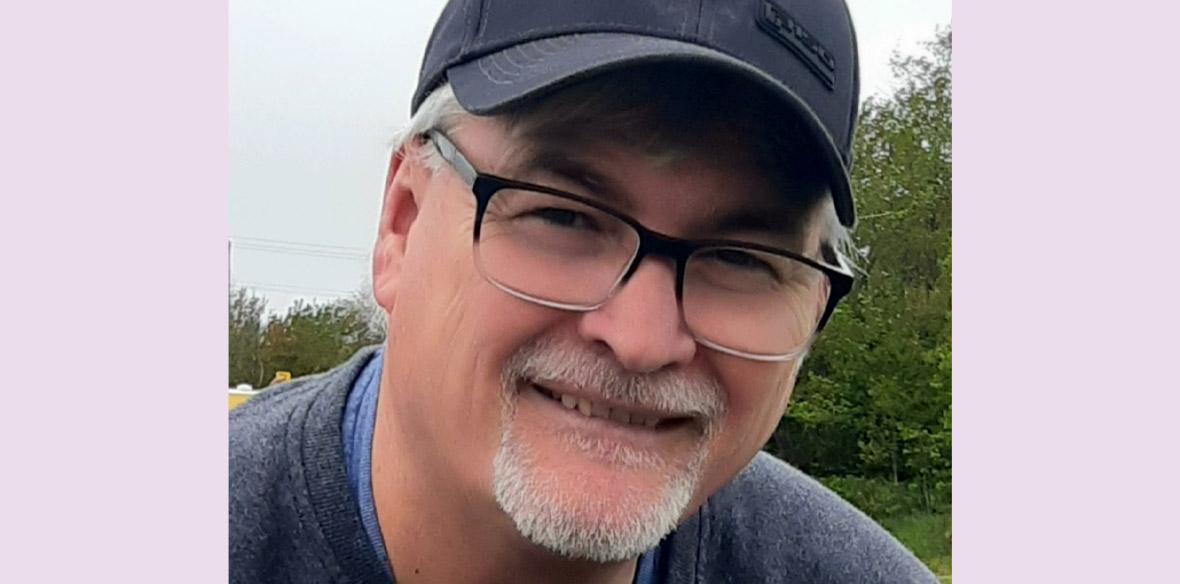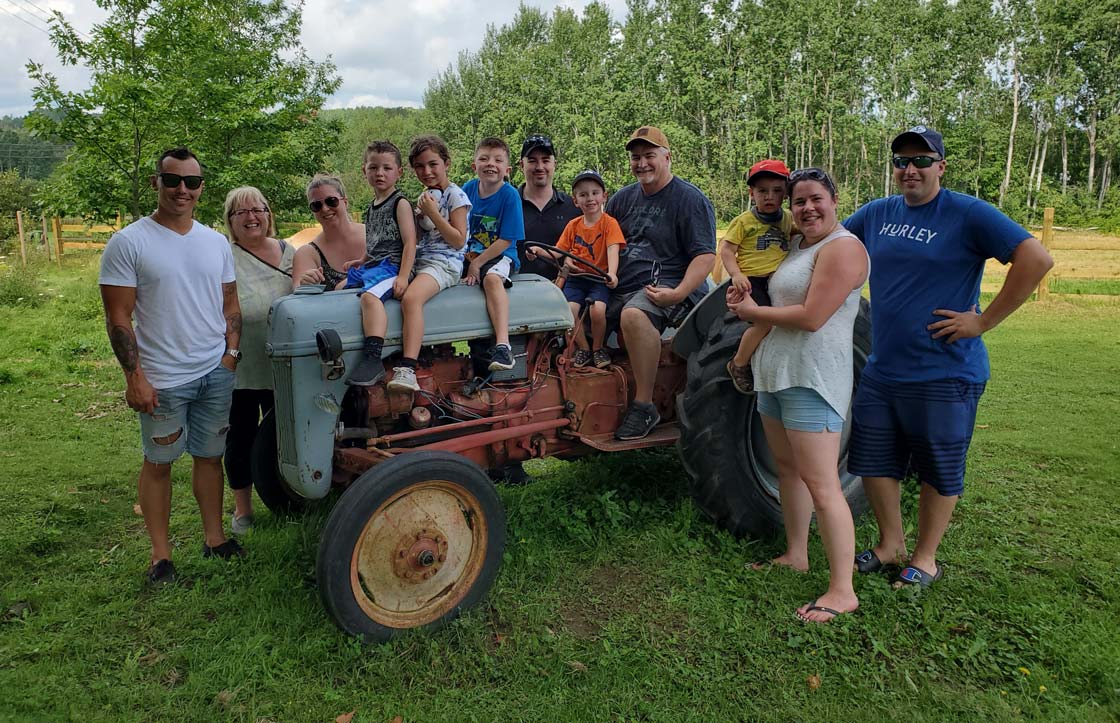
On October 26, I was among the first patients to receive robot-assisted knee surgery at the QEII Health Sciences Centre.
My orthopaedic relationship with Dr. Michael Dunbar goes back to a meniscus injury over 20 years ago.
Back then, Dr. Dunbar predicted an amazingly accurate timeline for a left and then right knee replacement. Fortunately, he took me on as a patient.
I love seeing advancements made possible by technological innovations – in all sectors. And of course, every clinic visit with Dr. Dunbar sparked discussion of new orthopaedic technologies being implemented and contemplated.
I think Dr. Dunbar’s keen interest in technological development in orthopaedics is an enormous benefit to the QEII Health Sciences Centre, and the greater community connected to orthopaedic care – from health professionals to patients and families.
It was a very tough decision for me, to have a total knee replacement surgery in 2012. I lost a healthy ACL and outer knee in the process. At that time, it was clear to me, in patient satisfaction survey results, that a partial knee replacement was a very difficult surgery – as it involves surgeons working in a confined space.
I waited a year for the introduction of the computer navigation technology that assists with joint orientation and a new modular knee being trialed. In the end, a full knee replacement was the best option for me.
Being awake during the surgery, I was so impressed by the professionalism and extreme sustained attention paid by Dr. Dunbar and his team to every detail, including responding to my occasional question.
To be honest, my first month of rehab was extremely challenging. Knowing my surgical team delivered in the operating room and was rooting for me, I poured everything I had into my rehabilitation. As a result, I achieved a flex range of 0 and 125 degrees, a feat I’m proud of.
Assessments of my modular knee (total replacement on the left), eventually transitioned to periodic evaluation of my right knee. Dr. Dunbar shared new research on ball and socket joints, and later, the concept of a robot assisting in the surgery.
He provided a good sense of when it may become available here in Halifax and based on the potential benefits, I was willing to endure as long as it would take.
Although the cost and nature of the technology required patience, COVID created new challenges. As the timeline grew so did the deterioration in my right knee and I became increasingly aware of how much mobility limitations escalate with joint deterioration.
As I look at the below picture it reminds me of how difficult the simplest of tasks became. It was no easy task, getting up on the tractor while navigating levers and pedals. It does remind me of a great moment with the family all together.
As I look at the five little ones, it weighs on me, often to the point of shedding some tears, when I think of all the times I was not able to take them for a walk or to the park for fear they would playfully run ahead and I could not catch them – I am so grateful for this surgery and the opportunities it will bring.
If you have a bad knee and can’t build a shed, you can pay someone to do it. But playing with your children or grandkids – you can’t get that time back.
I believe robot-assisted surgery is a game-changer. If you look at patient satisfaction data reported in recent years in the United States, you might agree.
The robotic arm provides a level of precision that better supports partial knee replacements, especially when working in such a confined area.
For me, this meant the opportunity to retain a lot of my natural knee. For people in their 30s or 40s, the rehabilitation process will mean a quicker return to work and personal routines.
The first thing I noticed in recovery was how small the bandage was and a notable improvement in my range-of-motion.
I was on my feet, got dressed, and of course, I took advantage of the freezing to test the flex, which I guessed was 90 plus degrees.
As I started my icing regime at home, only four hours after the surgery, with all ligaments, tendons, most of my knee and a starting flex of 90 degrees, I am confident I can join the many who are totally happy with their robot-assisted partial knee replacements.
I wake up every day and look forward to my initial rehab routine focused on healing, inflammation and a moderate workout routine. This includes passive physiotherapy and practicing cycling and walking techniques in order to regain full stability and stamina. I sense the easy gains have now been achieved and as I prepare to increase the intensity of my rehab I anticipate there is some hard work ahead, but I’m liking my starting point of 105 degrees – miles ahead of the 40 degrees I had in 2014.
I’m excited to share my story with my community and while it gave me great pleasure to make a donation to the QEII Foundation to help fund the purchase of the robotic arm, I also saw this as an opportunity to recognize the many surgeons and staff who work in orthopaedics at the QEII Health Sciences Centre.
I hope – if you know anyone who has been limited by pain – you’ll consider a gift in support of the orthopaedic robot too. You never know how or when you might need care at the QEII.
Learn more or donate to support Canada's second orthopaedic surgical robot.
